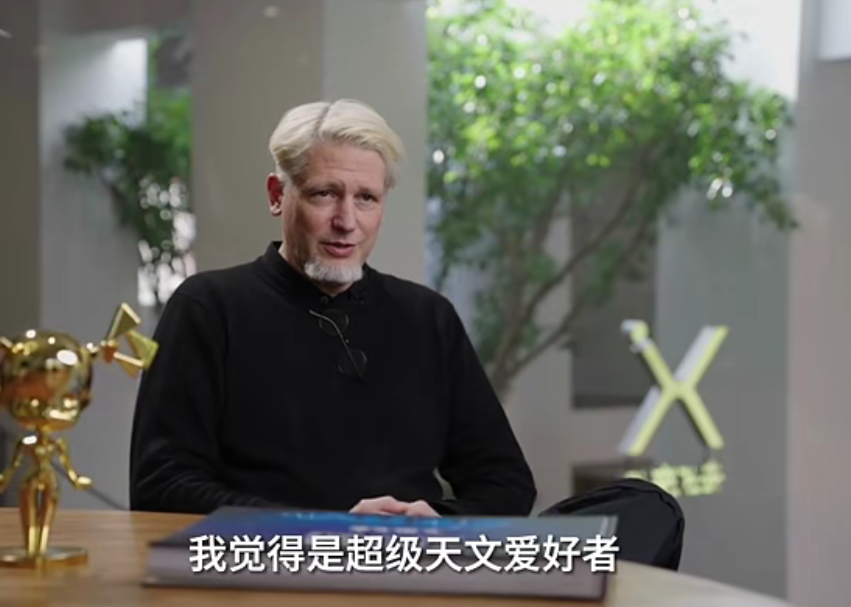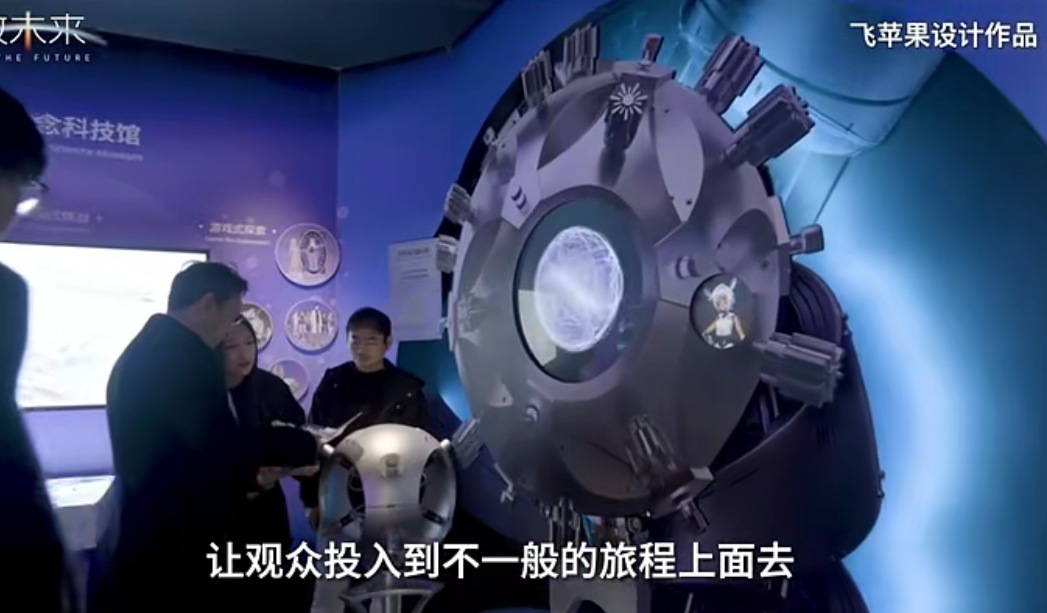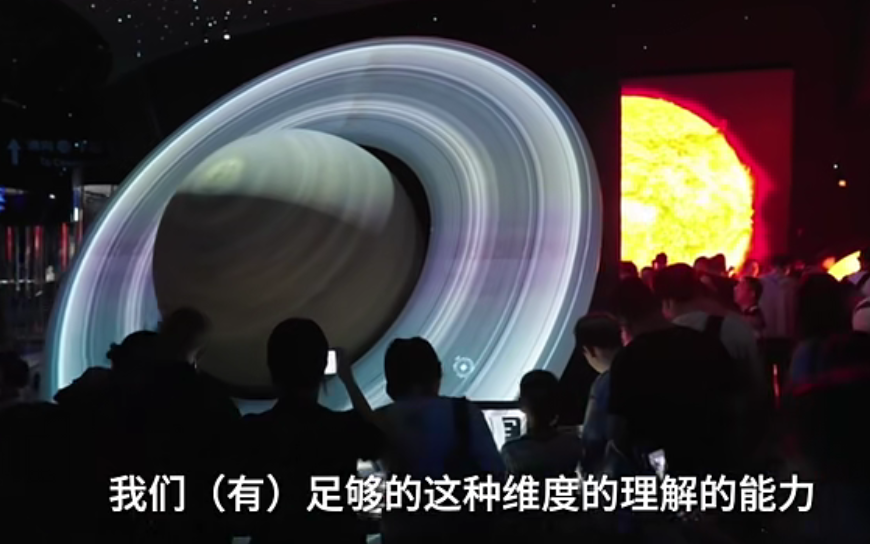
I think I'm a super astronomy enthusiast. In the design process of Shanghai Astronomy Museum, I think the most impressive thing is that only in astronomy you can ask three questions, three questions that we care about very much. Where are we? Where do we come from?Where are we going?Based on these three questions, the three exhibition areas of the museum are designed. I think it is also very important to give our audience a great experience.
Talking about science fiction and hard science fiction. In fact, our social development is very related to hard science fiction, but we need to distinguish what is possible and what is absolutely impossible, and then encourage us to pay attention to the things that may happen, so that everyone can participate in their own future.

What is the significance of space development? First of all, there are many concrete results. We once designed an exhibition hall piled with all the daily necessities produced by aerospace research, from clothes, mobile phones to our GPS, things that we can't do without every day. It's all an illusion that infinity exists because of aerospace. When we didn't invent ships, we thought the ocean was infinite. We fell into black holes. We didn't know what would happen, so we said gravity was infinite. The infinity of today is unknown in our technological world, and according to the development of technology or a certain kind of improvement of consciousness, you change the perspective of a dimension, and you find that your original infinity can actually be explained.

Each spacecraft is a neuron that becomes a cosmic consciousness that perceives the entire universe. We interpret the unknown through artistic digestion. Scientists interpret the location through this mathematical formula. But we share the same working mode. In fact, as long as we work hard enough, our ability to understand this dimension can be structured and solved through our imagination. No matter how big the world is, our imagination must be equally big.
Source: 国际科创人才
















 京公网安备
京公网安备